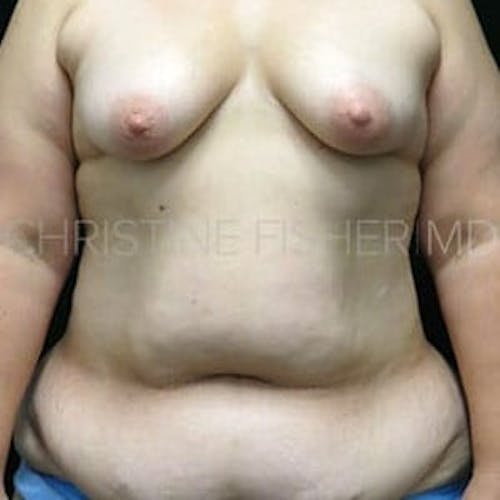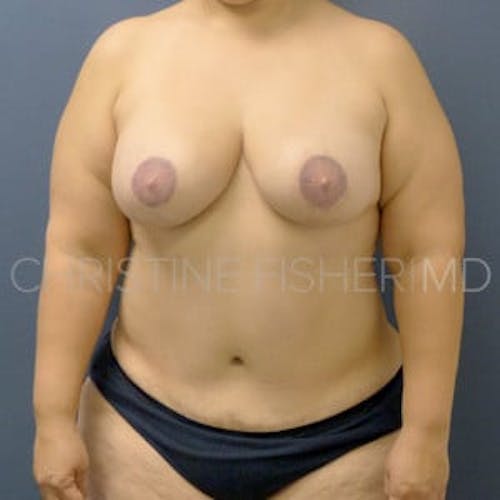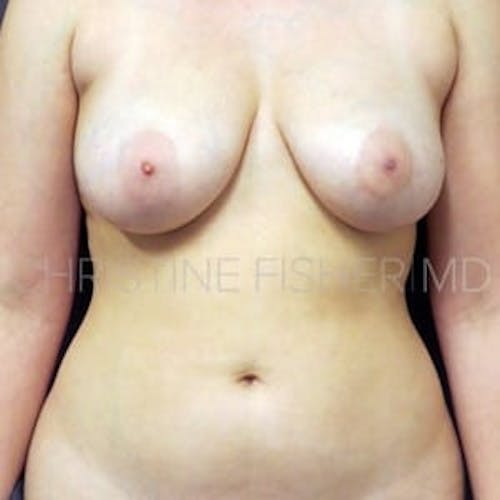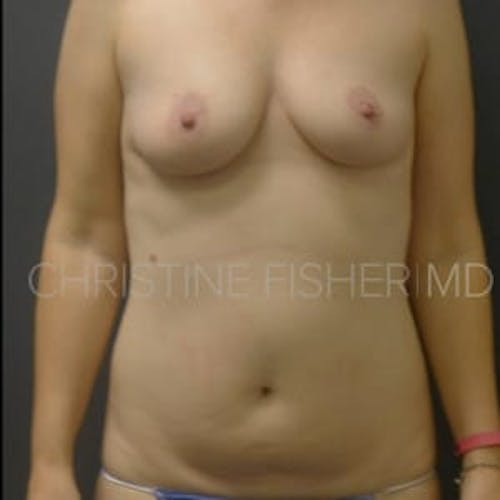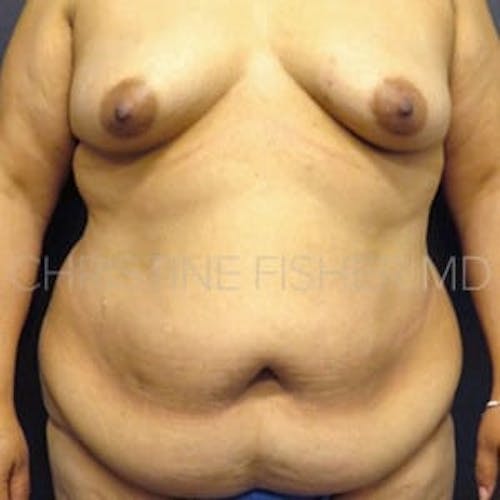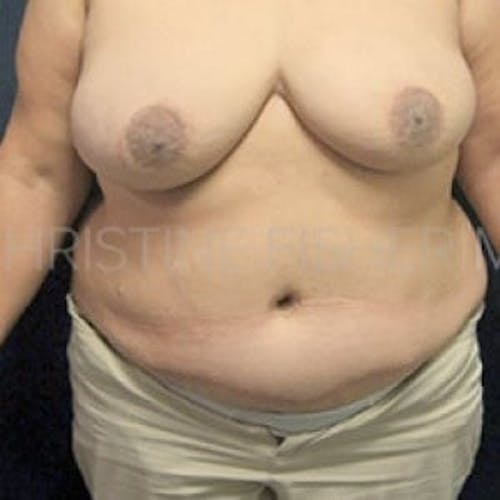For many women who undergo breast reconstruction, areola tattooing is an important step to complete the process and restore their self-confidence and self-image.
What Is an Areola Tattoo?
An areola tattoo is a way to construct a nipple and/or areola on a reconstructed breast for an entirely natural appearance. Many women are surprised by how much the lack of an areola can affect self-confidence, feelings of health, and overall quality of life. Fortunately, patients can now restore this portion of the breast with a natural-looking and beautiful tattoo. Our certified medical tattooists use similar techniques to those of traditional tattoo artists, but they take additional care in blending and feathering the pigment to create a photo-realistic result. Areola tattooing is not restricted to women who have had non-nipple-sparing mastectomies; even if you were able to preserve your nipples and areola during the breast reconstruction process, you may have surgical scars that can be visually corrected with a tattoo to create areolas that are symmetrical and consistent in color.




